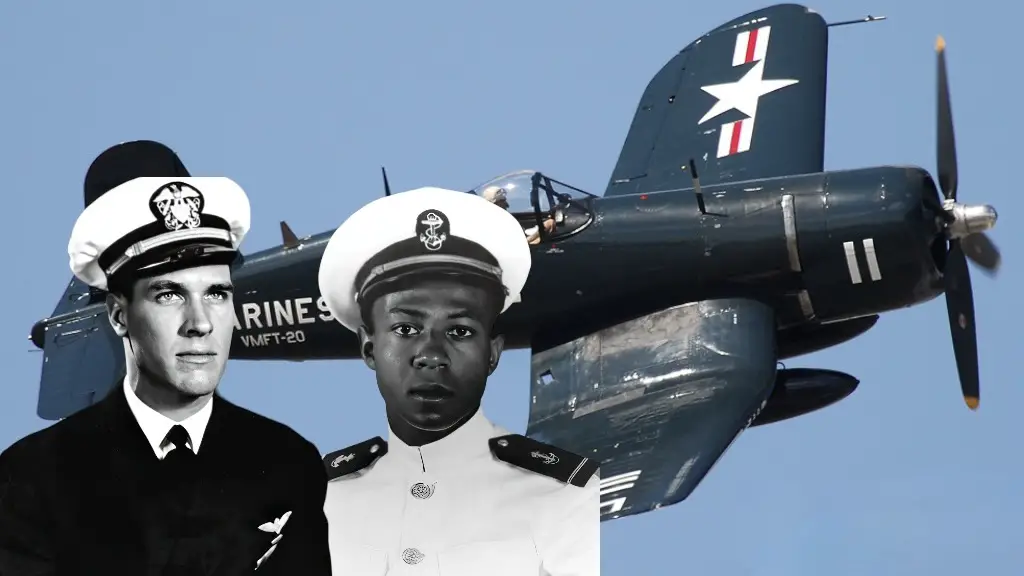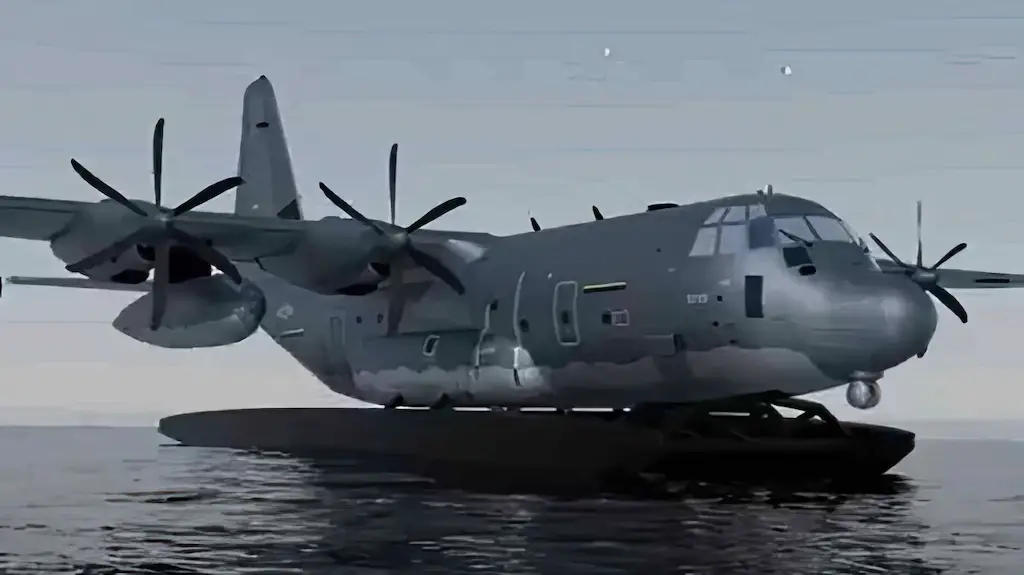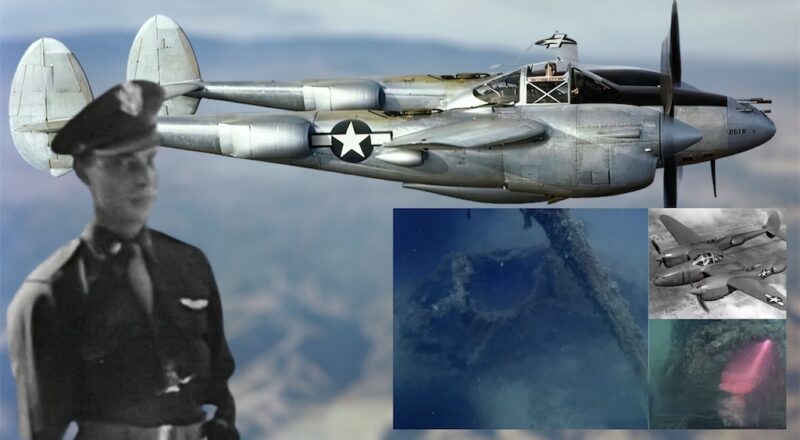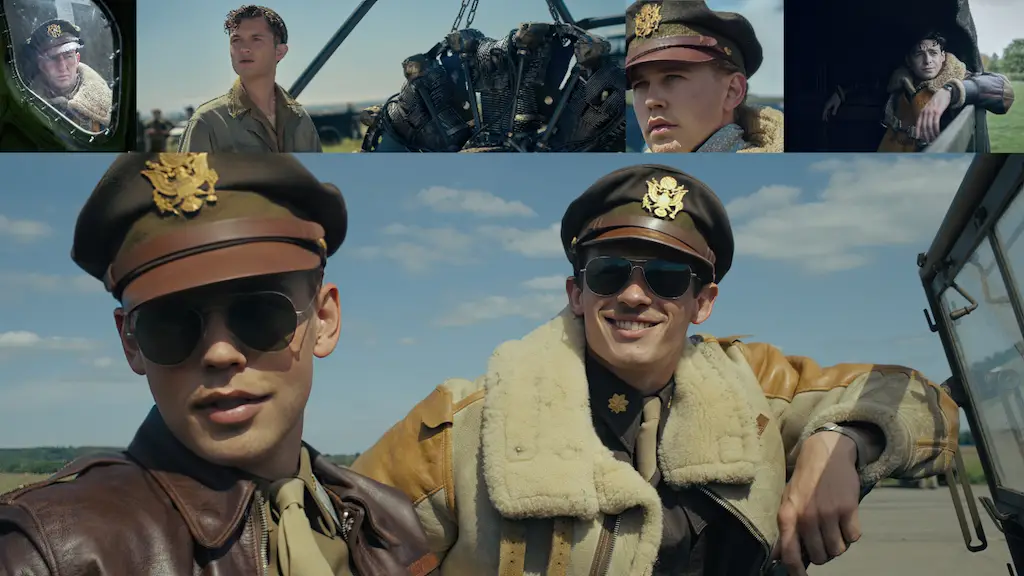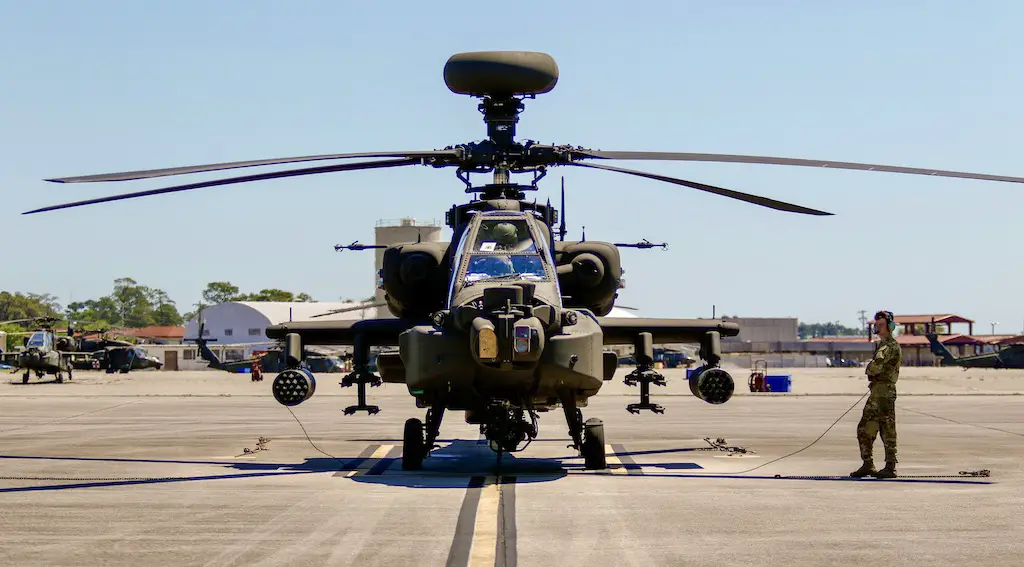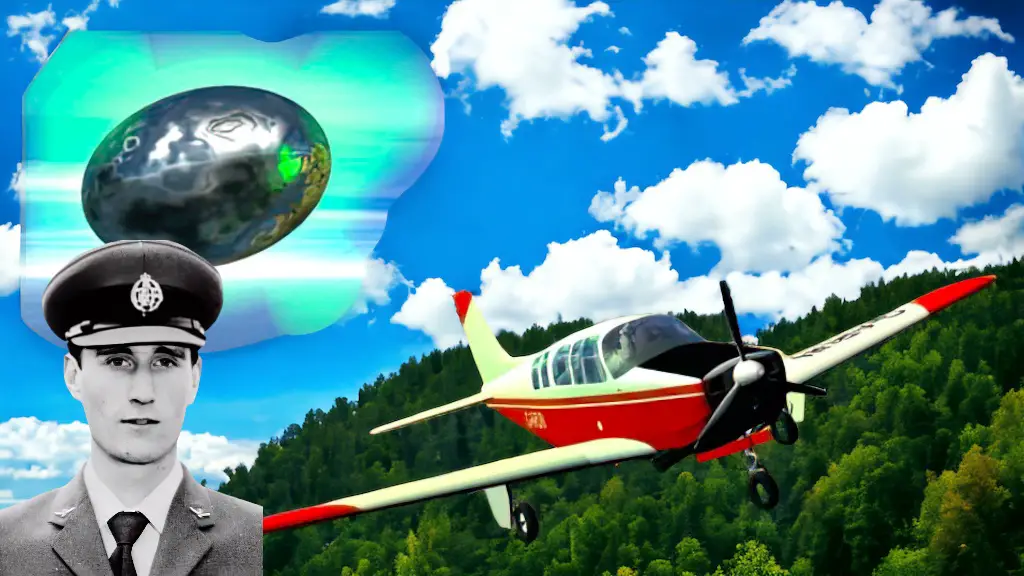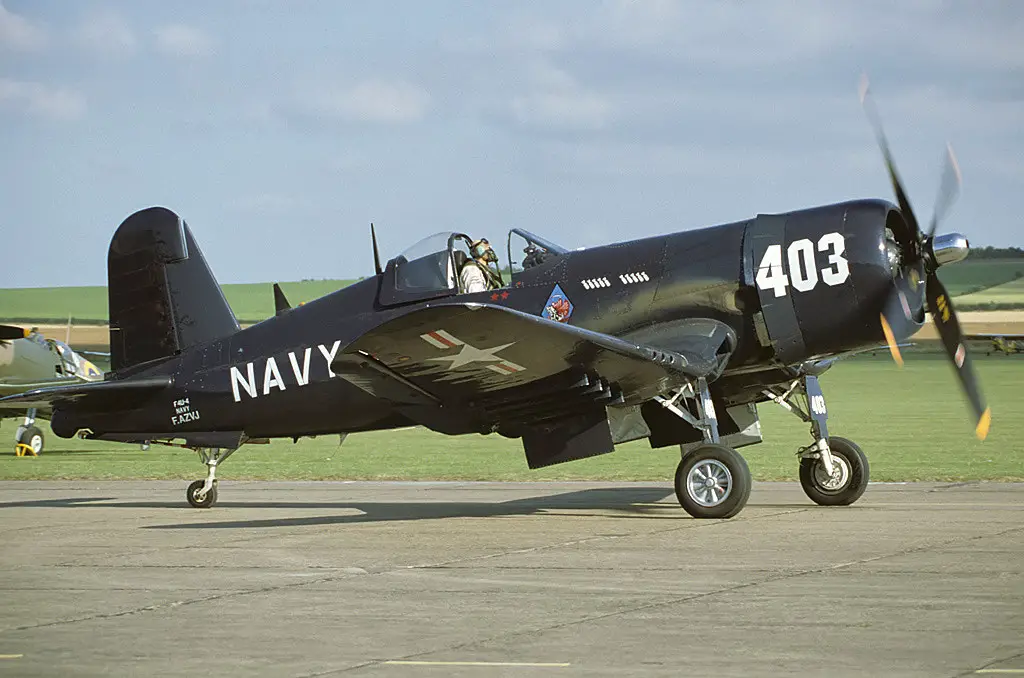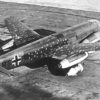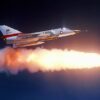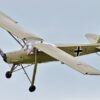The Fateful Flight of Jesse LeRoy Brown and Tom Hudner
December 4, 1950, emerged as a pivotal day in the Korean War, profoundly impacting the lives of Jesse LeRoy Brown and Tom Hudner. On this crucial day, six F4U Corsairs, piloted by Jesse and his squadron, including his close companion Tom Hudner, embarked on a dangerous mission over hostile, mountainous enemy territory. The mission took a dramatic turn when Jesse’s aircraft, struck by enemy fire, began rapidly losing fuel.
Jesse’s composed voice came through the radio, confirming the critical situation to his fellow pilots. Flying at dangerously low altitudes, making them susceptible to enemy attacks, the squadron faced a grim reality. Hudner, flying in close formation with Jesse, saw with alarm the fuel leaking from his friend’s damaged plane. The urgency of the situation was unmistakable; deep in enemy territory, the cold and treacherous mountains below offered little hope for a safe haven.
With limited options and time running out, Jesse, Hudner, and their squadron scanned the hostile landscape for any possible landing spot. Their eyes settled on a small clearing on the mountainside — a less than ideal, but necessary choice. This critical moment set the stage for an intense and emotional sequence of events, showcasing the extraordinary limits of friendship, courage, and sacrifice.
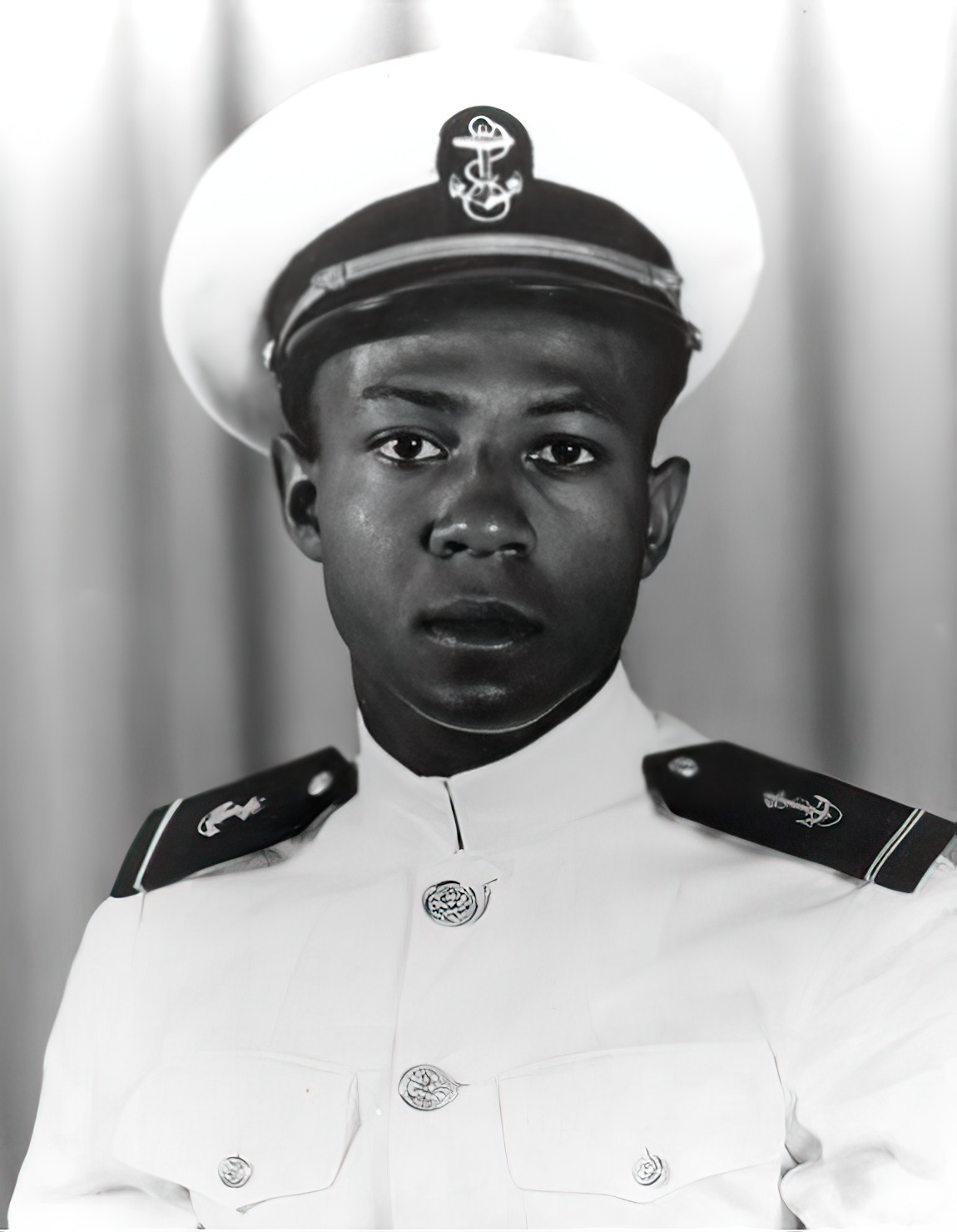
Desperate Descent
As Jesse LeRoy Brown struggled to control his rapidly failing aircraft, the situation grew increasingly dire. His F4U Corsair, streaming fuel and losing altitude, was a ticking time bomb in the hostile skies. The mountains below offered little solace, their rugged and unforgiving terrain presenting a daunting challenge for any pilot, let alone one in a damaged plane. With his comrades watching from above, Jesse prepared for the inevitable. He jettisoned his ordinance, hoping to lighten the aircraft and perhaps buy a few precious moments. With each passing second, the ground rushed closer, and the reality of his situation became starkly clear.
Jesse’s landing was nothing short of a controlled crash. His plane hit the mountainside with violence that sent shockwaves through the squadron above. The Corsair, known for its durability, was no match for the brutal force of the impact. It skidded, throwing up a blizzard of snow and ice, before coming to a rest, bent and broken. The immediate aftermath was a haunting silence, broken only by the hiss of leaking fuel and the settling snow. Jesse, though alive, was trapped in the twisted metal of his cockpit, the canopy slammed shut by the force of the landing.
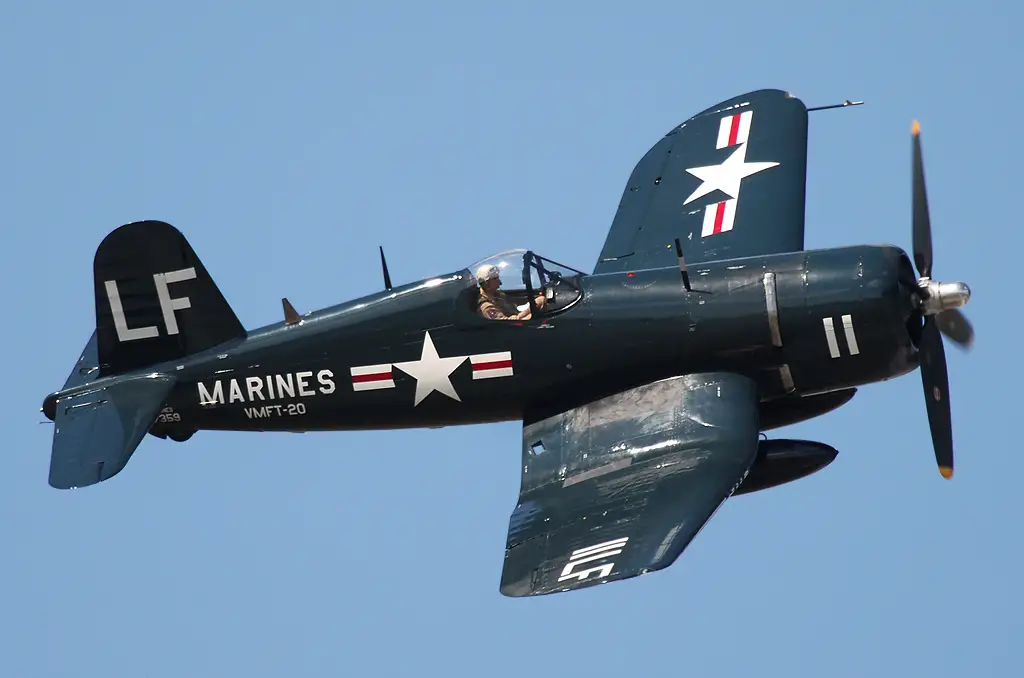
Hudner’s Heroic Decision
Tom Hudner, witnessing his friend’s plight, was gripped by a sense of urgency and desperation. Understanding the gravity of Jesse’s situation, he made a decision that epitomized the highest ideals of friendship and bravery. Without hesitation, he steered his own plane towards the mountainside, executing a risky landing on the uneven terrain. The impact jolted through his aircraft, injuring his back, but Hudner’s resolve remained unshaken. He emerged from his plane, ignoring his pain, his focus solely on the smoking wreck that held his friend.
The scene that Hudner encountered was one of chaos and danger. Jesse’s plane was badly damaged, and flames were beginning to lick the fuselage. Hudner, with no firefighting equipment at hand, resorted to using snow to douse the flames. It was a race against time, with the fire threatening to engulf the aircraft and the merciless cold creeping in. Despite the open cockpit, Jesse was trapped in a horrific predicament. His leg was caught, pinned down by the twisted control panel, particularly the flight stick, a cruel result of the violent crash that had contorted the aircraft’s interior.
As the minutes turned into hours, the situation grew increasingly bleak. Jesse, trapped and grievously injured, was fading fast. Hudner, despite his valiant efforts, was unable to free him. The arrival of the rescue helicopter brought a glimmer of hope, but it was short-lived. The lack of proper tools, combined with the severity of the wreckage, made the rescue operation impossible.
A Promise to a Friend
While Hudner exhausts every possible effort to save his friend, the situation takes a tragic turn. Jesse’s eyes close for the last time, signaling a heartbreaking end to his struggle. In a desperate attempt to revive him, Hudner speaks to Jesse, seeking any sign of response, but there is only silence. Shaken, Hudner tries physically to rouse him, but Jesse remains unresponsive.
Refusing to accept defeat, Hudner continues his efforts with a heart-wrenching determination, adamant that it cannot end this way. He cannot, he will not leave his friend behind. Amidst these frantic efforts, the helicopter pilot arrives with devastating news, it was getting dark and the helicopter was not properly equipped to operate in those conditions. The reality of the situation crashes down on Hudner — it’s too late.
Overwhelmed by defeat and heartbreak, Hudner approaches Jesse for one final, poignant moment. He makes a solemn vow to his friend, promising that he will return. It’s a promise laden with grief and the weight of unfulfilled duty, marking a profound moment of loss and loyalty.
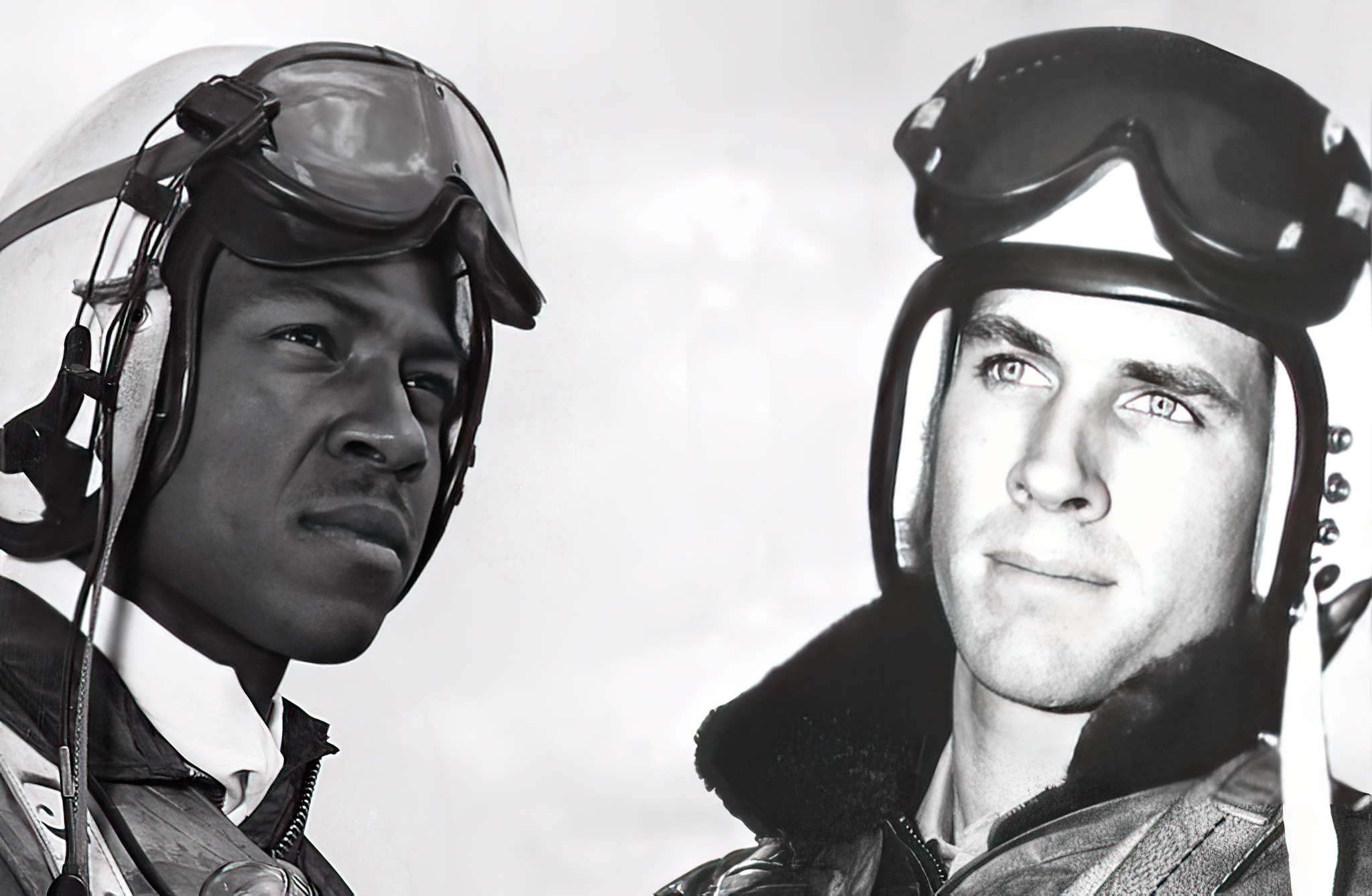
A Heart-Wrenching Decision
In the wake of the tragic crash and the failed rescue attempt, the squadron faced a grim reality. Thomas Hudner’s plea to mount a recovery mission for Jesse LeRoy Brown’s remains was met with a resounding refusal. The dangers of a recovery operation behind enemy lines were deemed too great a risk. The squadron, grappling with grief and frustration, had to confront the harsh necessities of war. The decision was made, albeit reluctantly: instead of a recovery, the squadron would destroy the wrecked aircraft.
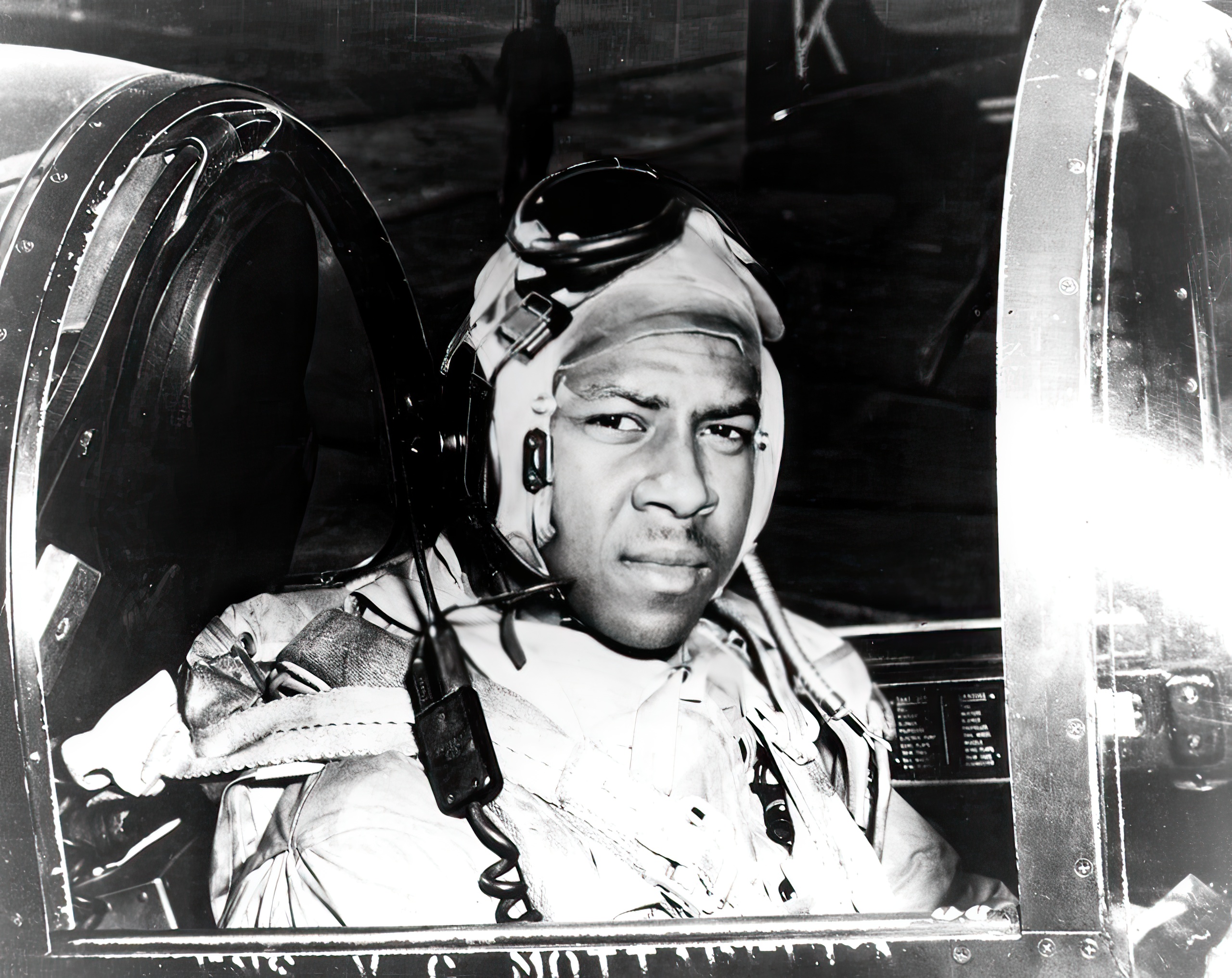
A Warrior’s Burial
Two days later, the squadron carried out their orders. The skies, once a backdrop to their comradely bond, now witnessed a solemn act of farewell. As the bombs fell and the two planes were engulfed in flames, the pilots recited the Lord’s Prayer. This act, while devastating, was seen as a fitting tribute to a fallen comrade. The burning of the planes was akin to a Viking burial, an honor befitting a warrior of Jesse’s caliber.
For Thomas Hudner, the bombing of Jesse’s plane was a personal failure. He had promised Jesse that he would return, a vow that now seemed impossible to fulfill. This unkept promise would weigh heavily on Hudner for decades. His actions on that day earned him the Medal of Honor, but the accolade did little to assuage his guilt and sorrow
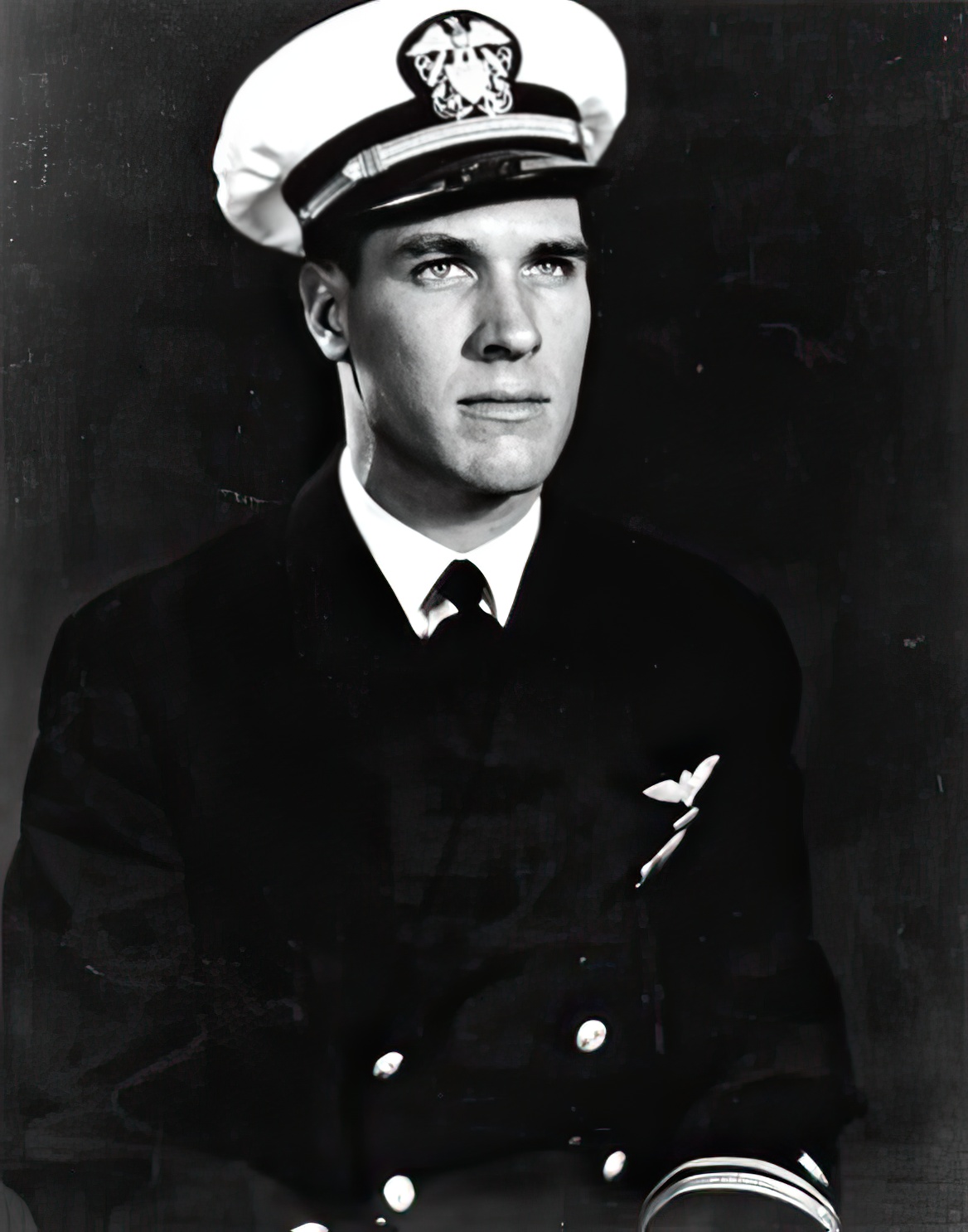
A Final Attempt for Closure
In 2013, decades after the incident, an aged Thomas Hudner embarked on a journey that reflected the depth of his commitment to his fallen friend. Accompanied by Adam Makos, the author of “Devotion,” a book chronicling their story, Hudner traveled to North Korea. This journey was driven by a singular goal: to recover the remains of Jesse LeRoy Brown and fulfill the promise made so many years ago.
The North Korean government granted Hudner permission to search the area where Jesse’s plane had crashed. It was a rare concession, reflecting the universal respect for the bond between soldiers. Hudner’s return to the mountains was laden with hope and a deep desire for closure.
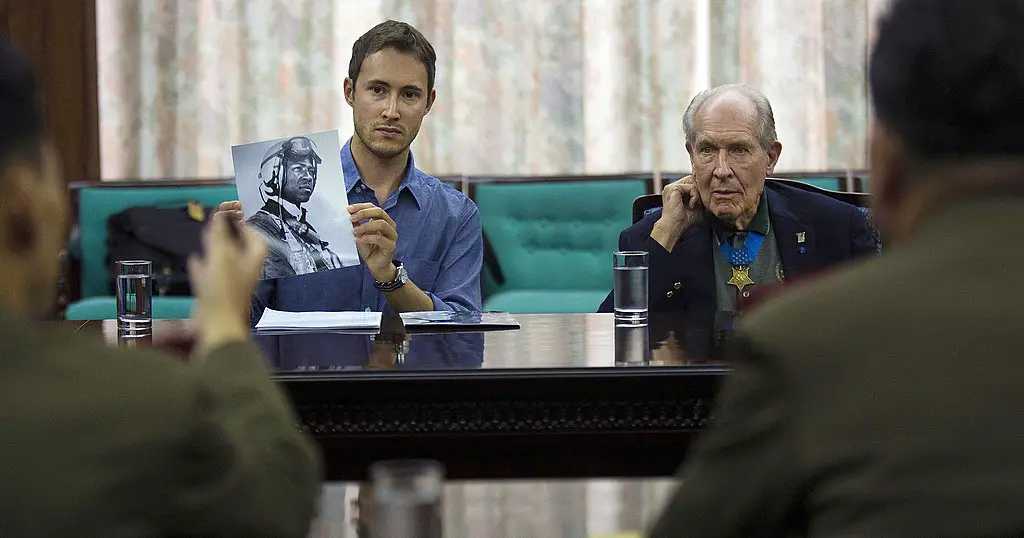
A Search in Vain
Despite the efforts of the search team and the cooperation of the North Korean authorities, they were unable to locate any remains. Compounded by the onset of heavy monsoon rains, the search was hindered and eventually had to be called off. Hudner’s hope of bringing his friend home was dashed once again.
Though he returned empty-handed, Hudner’s journey symbolized an unbreakable bond forged in the fires of conflict, a bond that transcended time, borders, and even death.

